Home>Garden Essentials>How Often Should You Water Lavender Seeds
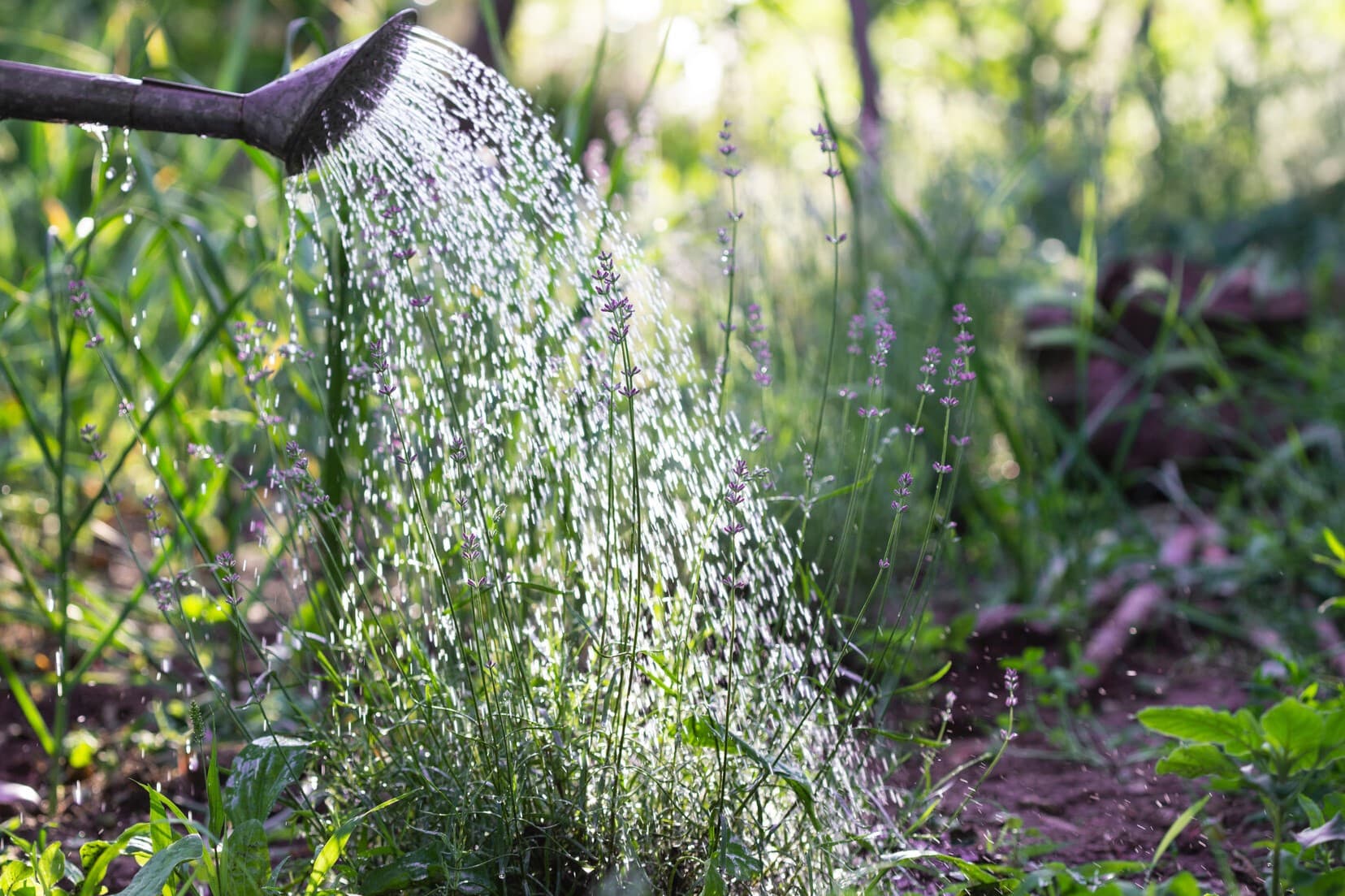

Garden Essentials
How Often Should You Water Lavender Seeds
Modified: March 15, 2024
Discover the best watering schedule for your lavender garden seeds. Learn how often you should water lavender seeds to promote healthy growth and vibrant blooms.
(Many of the links in this article redirect to a specific reviewed product. Your purchase of these products through affiliate links helps to generate commission for Storables.com, at no extra cost. Learn more)
Introduction
Gardening enthusiasts know the joy and satisfaction that comes from watching plants grow and thrive. If you’re a fan of aromatic and visually stunning additions to your garden, then lavender seeds may be on your list. Lavender is a versatile and resilient plant that can add beauty and fragrance to any space.
Watering is a critical aspect of plant care, and knowing how often to water your lavender seeds is vital for their success. Too much or too little water can be detrimental to the growth and overall health of your lavender plants. In this article, we will explore the factors that affect watering frequency for lavender seeds and provide you with tips and techniques to ensure optimal growth.
Key Takeaways:
- Lavender seeds thrive in well-draining soil and require deep, infrequent watering to develop strong roots and withstand dry spells. Understanding soil type, climate, and growth stage is key to successful watering.
- Overwatering can harm lavender seeds, leading to root rot and weak growth. Monitoring soil moisture, avoiding overhead watering, and adjusting watering techniques are crucial for healthy, vibrant lavender plants.
Read more: How Often Should You Water Seeds
Factors Affecting Watering Frequency for Lavender Seeds
When it comes to watering lavender seeds, several factors come into play. Understanding these factors will help you determine how often to water your lavender plants:
- Soil Type and Drainage: Lavender plants thrive in well-draining soil. They do not tolerate standing water or overly wet conditions. Sandy or loamy soil that allows water to drain quickly is ideal for lavender. On the other hand, heavy clay soil tends to retain water, leading to waterlogged roots and potential plant damage. If you have clay soil, consider improving drainage by adding organic matter or planting lavender in raised beds.
- Climate and Weather Conditions: Lavender is native to the Mediterranean, where it grows in hot and dry climates. This tells us that lavender plants are adapted to relatively low moisture environments. Therefore, in areas with hot and dry summers, lavender may require more frequent watering. On the other hand, in regions with high humidity or frequent rainfall, lavender may need less frequent watering.
- Container vs. Outdoor Growing: Growing lavender in containers allows you to control the soil moisture more easily. Containers tend to dry out faster than garden beds, so regular watering may be necessary. Outdoor-grown lavender, especially when established, may require less frequent watering due to the natural moisture in the soil and the plant’s deep root system.
- Development Stage of Lavender Plants: The watering needs of lavender plants vary depending on their growth stage. Newly planted seeds or seedlings require more frequent watering to establish root systems. Once established, lavender plants are drought-tolerant and can withstand dry spells. However, during periods of extreme heat or prolonged dryness, additional watering may be necessary.
Understanding these factors will help you determine the optimal watering frequency for your lavender seeds. However, keep in mind that it’s always better to underwater than to overwater. Lavender plants dislike consistently moist conditions, so aim for a balance that allows the soil to dry out slightly between watering sessions.
Soil Type and Drainage
The soil type and drainage play a crucial role in determining the watering frequency for lavender seeds. Lavender plants thrive in well-draining soil that allows excess water to escape, preventing waterlogged roots and potential rot. Sandy or loamy soil is ideal for lavender because it provides good drainage. These types of soil allow water to flow through quickly, minimizing the risk of water retention.
If you have heavy clay soil, it’s important to improve the drainage before planting lavender seeds. Clay soil tends to hold water for longer periods, which can lead to root rot and other moisture-related problems. To improve drainage, incorporate organic matter such as compost or well-rotted manure into the soil. This will help break up the clay particles and create a more porous environment for the lavender plants. Additionally, consider planting lavender in raised beds or mounds to further enhance drainage.
To determine whether your soil has proper drainage, perform a simple “percolation test.” Dig a hole about 12 inches deep and fill it with water. If the water drains away within a few hours, the soil has good drainage. However, if the water takes longer to drain or remains in the hole after 24 hours, you may need to amend the soil.
When watering lavender seeds in well-draining soil, it’s important to ensure that the water penetrates deep into the soil. Shallow watering can lead to shallow root development, making the plants more susceptible to drying out. Water the plants slowly and deeply, allowing the water to seep into the root zone. This encourages the lavender plants to develop deep roots that can access moisture deeper in the soil and withstand dry periods.
Remember, proper soil type and drainage are essential for the overall health and success of your lavender plants. Taking the time to prepare the soil and ensure adequate drainage will go a long way in preventing water-related problems and promoting the growth of your lavender seeds.
Climate and Weather Conditions
The climate and weather conditions in your region play a significant role in determining the watering frequency for lavender seeds. Lavender is native to the Mediterranean, where it thrives in hot and dry summers. This tells us that lavender plants are well adapted to low moisture environments and can tolerate drought conditions.
In areas with hot and dry climates, lavender may require more frequent watering to compensate for the lack of rainfall. During these periods, it’s important to monitor the soil moisture levels and water the plants when the soil begins to dry out. However, be cautious not to overwater, as lavender plants are susceptible to root rot in consistently moist soil.
In contrast, regions with high humidity or frequent rainfall may require less frequent watering for lavender plants. Excessive moisture can lead to root rot and other fungal diseases. It’s important to strike a balance between providing enough water to sustain the plants while allowing the soil to dry out slightly between watering sessions.
One way to determine when to water your lavender plants is to closely observe the weather conditions. If there hasn’t been any rainfall for several days and the soil is starting to dry out, it’s a good indication that you need to water your lavender seeds. On the other hand, if your region has experienced heavy rainfall or high humidity levels, it’s best to hold back on watering until the soil has had a chance to dry out.
Remember, while lavender plants are drought-tolerant, they still need some water to survive and thrive. If you live in an arid region where the summers are extremely hot and dry, regular watering may be necessary to support the plants. It’s all about finding the right balance and being mindful of the specific climate and weather conditions in your area.
Container vs. Outdoor Growing
Another factor that affects the watering frequency for lavender seeds is whether they are grown in containers or in outdoor garden beds. The growing environment can significantly influence how often you need to water your lavender plants.
Growing lavender in containers offers the advantage of greater control over soil moisture. Containers tend to dry out faster than garden beds, so regular watering may be necessary. The small volume of soil in a container means that moisture evaporates more quickly, especially during periods of hot weather.
When growing lavender in containers, it’s important to monitor the soil moisture regularly. Check the soil by inserting your finger about 1 inch into the soil. If it feels dry at that depth, it’s time to water the plant. Water the container thoroughly, allowing water to flow out of the drainage holes at the bottom. Ensure that the soil is evenly moist, but not overly wet.
In contrast, outdoor-grown lavender plants, especially when established, may require less frequent watering due to the natural moisture in the soil and the plant’s deep root system. Once the lavender plants have developed a robust root system, they are more capable of accessing moisture deeper in the soil. This makes them more tolerant of drought conditions and less dependent on frequent watering.
However, this doesn’t mean you should neglect watering your outdoor lavender plants entirely. Young lavender plants and newly planted seedlings still need regular watering until they establish strong root systems. Additionally, during extreme heat or prolonged dry spells, it may be necessary to provide supplemental water to support the plants.
Overall, when growing lavender in containers, be mindful of the soil moisture and water as needed to prevent the soil from completely drying out. In outdoor garden beds, water young plants regularly until they establish themselves, and monitor moisture levels during periods of hot or dry weather.
By understanding the watering needs of lavender in different growing environments, you can ensure that your plants receive the appropriate amount of water for healthy growth and development.
Water lavender seeds lightly every 2-3 days to keep the soil moist but not waterlogged. Once the seeds sprout, water deeply once a week, allowing the soil to dry out between waterings.
Read more: How Often Should You Water Sunflower Seeds
Development Stage of Lavender Plants
The development stage of lavender plants also affects the watering frequency. Newly planted lavender seeds or seedlings require more frequent watering compared to established plants. Proper watering during the early stages of growth is crucial for the plants to establish strong root systems and adapt to their new environment.
When first planting lavender seeds or seedlings, ensure that the soil is kept consistently moist but not overly saturated. Water the plants gently and regularly to help them establish roots and promote healthy growth. Adequate moisture during this stage will give the plants a solid foundation for future development.
Once the lavender plants are established and have developed a strong root system, they become more drought-tolerant. At this stage, the watering frequency can be reduced. Lavender plants are adapted to surviving in dry conditions, and they don’t thrive in consistently moist soil. Overwatering can lead to root rot and other moisture-related problems.
During periods of extreme heat or prolonged dryness, lavender plants may require additional watering even if they are established. It’s important to closely monitor the soil moisture levels and water the plants when the soil begins to dry out. Deep and infrequent watering is preferable to frequent shallow watering, as it encourages the plants to develop deep roots that can access moisture deeper in the soil.
It’s important to note that different lavender varieties may have slightly different watering needs. Some varieties are more drought-tolerant, while others may require more frequent watering. It’s always a good idea to research the specific needs of the lavender variety you are growing and adjust your watering practices accordingly.
By understanding the development stage of your lavender plants and adjusting the watering frequency accordingly, you can ensure that they receive the appropriate amount of water for optimal growth and health.
Signs of Thirst in Lavender Seedlings
Knowing when your lavender seedlings are thirsty is crucial for providing them with the right amount of water. While lavender is known for its drought tolerance, seedlings have a more delicate root system and require consistent moisture to establish and grow strong. Here are some signs to look out for that indicate your lavender seedlings might be in need of water:
- Wilting Leaves: When the leaves of your lavender seedlings droop or appear limp, it’s a clear sign that they need water. This occurs because water plays a vital role in maintaining the turgidity and rigidity of plant cells. When there’s insufficient water, the leaves lose their crispness, becoming flaccid and wilted.
- Dry Soil: Checking the moisture level of the soil is a reliable indicator of whether your lavender seedlings need water. Gently insert your finger about an inch into the soil. If it feels dry at that depth, then it’s time to water. However, keep in mind that lavender prefers slightly drier conditions, so aim for a balance rather than constantly keeping the soil saturated.
- Yellowing Leaves: If the leaves of your lavender seedlings start to turn yellow, it could be a sign of underwatering. When the plant lacks water, it prioritizes the survival of the essential parts, causing the lower leaves to yellow and eventually die off. Regular watering can help prevent this nutrient deficiency and maintain vibrant foliage.
- Stunted Growth: Insufficient water can lead to slow or stunted growth in lavender seedlings. When water is limited, the growth processes of the plant are hindered, resulting in reduced shoot and root development. If your lavender seedlings seem stuck in their growth or are not progressing as expected, ensuring they receive adequate water may help promote healthy growth.
- Sunken Leaves: Another visible sign of dehydration in lavender seedlings is the appearance of sunken or shriveled leaves. The lack of water causes the cells in the leaves to shrink, giving them a withered and shrunken appearance. By watering your seedlings, you can help rehydrate the plant cells, restoring their plumpness and vitality.
Remember, it’s important to strike a balance when watering lavender seedlings. Aim for consistent moisture, but avoid overwatering, as it can lead to root rot and other issues. Regularly assess the signs of thirst in your lavender seedlings and adjust your watering schedule accordingly to promote healthy growth and development.
Watering Techniques for Lavender Seeds
Proper watering techniques are essential for the successful growth of lavender seeds. Here are some tips to help you water your lavender seeds effectively:
- Water Deeply: When watering lavender seeds, it’s important to provide deep irrigation. Rather than lightly sprinkling the plants, water them thoroughly to ensure that the moisture reaches the roots. This encourages the development of deep and robust root systems, which can access moisture from the lower layers of the soil.
- Water in the Morning: Watering your lavender seeds in the morning is recommended. This allows the foliage and soil surface to dry throughout the day, reducing the risk of fungal diseases that thrive in damp conditions. Watering in the morning also ensures that the plants have access to moisture during the hot hours of the day.
- Avoid Overhead Watering: Lavender plants are susceptible to foliar diseases, such as powdery mildew, when their foliage remains wet for extended periods. Therefore, it’s best to avoid overhead watering, which can wet the leaves. Instead, focus on directing the water to the base of the plants, aiming for the soil rather than the foliage.
- Use a Drip Irrigation System: Consider using a drip irrigation system for watering your lavender seeds. Drip irrigation delivers water directly to the soil, minimizing water loss through evaporation and ensuring that the roots receive a consistent and even water supply. Additionally, it helps prevent excess moisture on the foliage, reducing the risk of disease.
- Monitor Soil Moisture: Regularly check the moisture level of the soil around your lavender seeds. Stick your finger about an inch into the soil to assess whether it feels dry or moist. Aim to provide water when the top inch of soil is dry, ensuring that the deeper layers remain slightly damp but not waterlogged.
- Mulch to Retain Moisture: Applying a layer of organic mulch around your lavender plants helps retain soil moisture and reduce evaporation. Mulch also acts as insulation, protecting the roots from extreme temperatures. Use a mulch material such as straw, wood chips, or compost, but keep the mulch away from the base of the plants to prevent stem rot.
By following these watering techniques, you can ensure that your lavender seeds receive the appropriate amount of water for healthy growth and development. Remember to adjust your watering schedule based on factors such as soil type, climate, and the stage of development of your lavender plants.
Overwatering Risks and Precautions
While it’s important to provide adequate water to your lavender seeds, overwatering can be detrimental to their growth and health. Here are some risks associated with overwatering and precautions you can take to prevent these issues:
- Root Rot: Overwatering can lead to waterlogged soil, depriving the roots of oxygen and causing them to rot. This can result in poor nutrient absorption and stunted growth. To prevent root rot, ensure that the soil has good drainage and avoid watering too frequently.
- Fungal Diseases: Excessive moisture on the leaves and stems of lavender plants creates a favorable environment for fungal diseases such as powdery mildew and gray mold. To minimize the risk of these diseases, water the plants at the base rather than overhead, and ensure proper air circulation around the plants.
- Weak and Leggy Growth: Overwatering can cause excessive vegetative growth at the expense of proper root development. This can lead to weak and leggy plants that are more susceptible to wind damage and pest infestations. To promote strong and sturdy growth, water your lavender plants appropriately and provide ample sunlight.
- Nutrient Leaching: Overwatering can cause essential nutrients to leach out of the soil, making them unavailable to the plants. This can result in nutrient deficiencies, leading to yellowing leaves, poor growth, and overall weakened plants. To prevent nutrient leaching, water your lavender seeds with the appropriate amount and avoid excessive watering.
- Waste of Water and Resources: Overwatering not only harms your lavender plants but also wastes water and resources. Water is a precious resource, and using it efficiently is important for sustainable gardening practices. By avoiding overwatering, you can conserve water and contribute to the conservation of our natural resources.
To prevent overwatering, it’s crucial to monitor the moisture level of the soil and adjust your watering schedule accordingly. Remember that lavender plants prefer slightly drier conditions rather than consistently moist soil. Allow the top inch of soil to dry out before watering, and ensure that the water penetrates deeply into the root zone.
Additionally, ensure that your lavender plants are growing in well-draining soil and that any containers have proper drainage holes. Consider using mulch to regulate soil moisture and minimize evaporation. Regularly check the foliage for signs of overwatering, such as yellowing leaves or wilting, and adjust your watering practices accordingly.
By being mindful of the risks of overwatering and taking appropriate precautions, you can help your lavender seeds thrive and enjoy healthy, vibrant plants in your garden.
Read more: How Often Should You Water Basil Seeds
Conclusion
Watering lavender seeds properly is crucial for their growth and overall health. Understanding the factors that affect watering frequency, such as soil type, climate, and the development stage of the plants, can help you provide the right amount of water to your lavender seeds.
Soil type and drainage play a significant role in determining how often you should water your lavender seeds. Aim for well-draining soil to prevent waterlogged roots and potential rot. Consider amending clay soil to improve drainage and create a more suitable growing environment for lavender.
The climate and weather conditions in your region also impact the watering frequency. Be mindful of the natural moisture levels in your area and adjust your watering schedule accordingly. Lavender plants are adapted to survive in low moisture environments but still require some water to thrive.
Whether you are growing lavender in containers or outdoor garden beds, understanding the different watering requirements is essential. Containers tend to dry out faster, so regular watering may be necessary. Outdoor-grown lavender, once established, requires less frequent watering due to its deep root system and the availability of natural moisture in the soil.
The development stage of your lavender plants affects their watering needs as well. Newly planted seeds or seedlings require more frequent watering until they establish strong root systems. Established lavender plants become more drought-tolerant but may still need supplemental water during extreme heat or prolonged dry spells.
Recognizing the signs of thirst in lavender seedlings, such as wilting leaves or dry soil, helps determine when to water. Deep and infrequent watering techniques ensure that the moisture reaches the roots and promotes healthy growth.
However, be cautious of overwatering, as it can lead to issues like root rot, fungal diseases, weak growth, and nutrient leaching. Monitoring the soil moisture, avoiding overhead watering, and practicing proper drainage and watering techniques can prevent these problems and conserve water resources.
In conclusion, by understanding the factors that affect watering frequency and following proper techniques, you can provide the optimal amount of water to your lavender seeds. This will encourage their growth, long-term resilience, and the ability to add beauty and fragrance to your garden for years to come.
Frequently Asked Questions about How Often Should You Water Lavender Seeds
Was this page helpful?
At Storables.com, we guarantee accurate and reliable information. Our content, validated by Expert Board Contributors, is crafted following stringent Editorial Policies. We're committed to providing you with well-researched, expert-backed insights for all your informational needs.
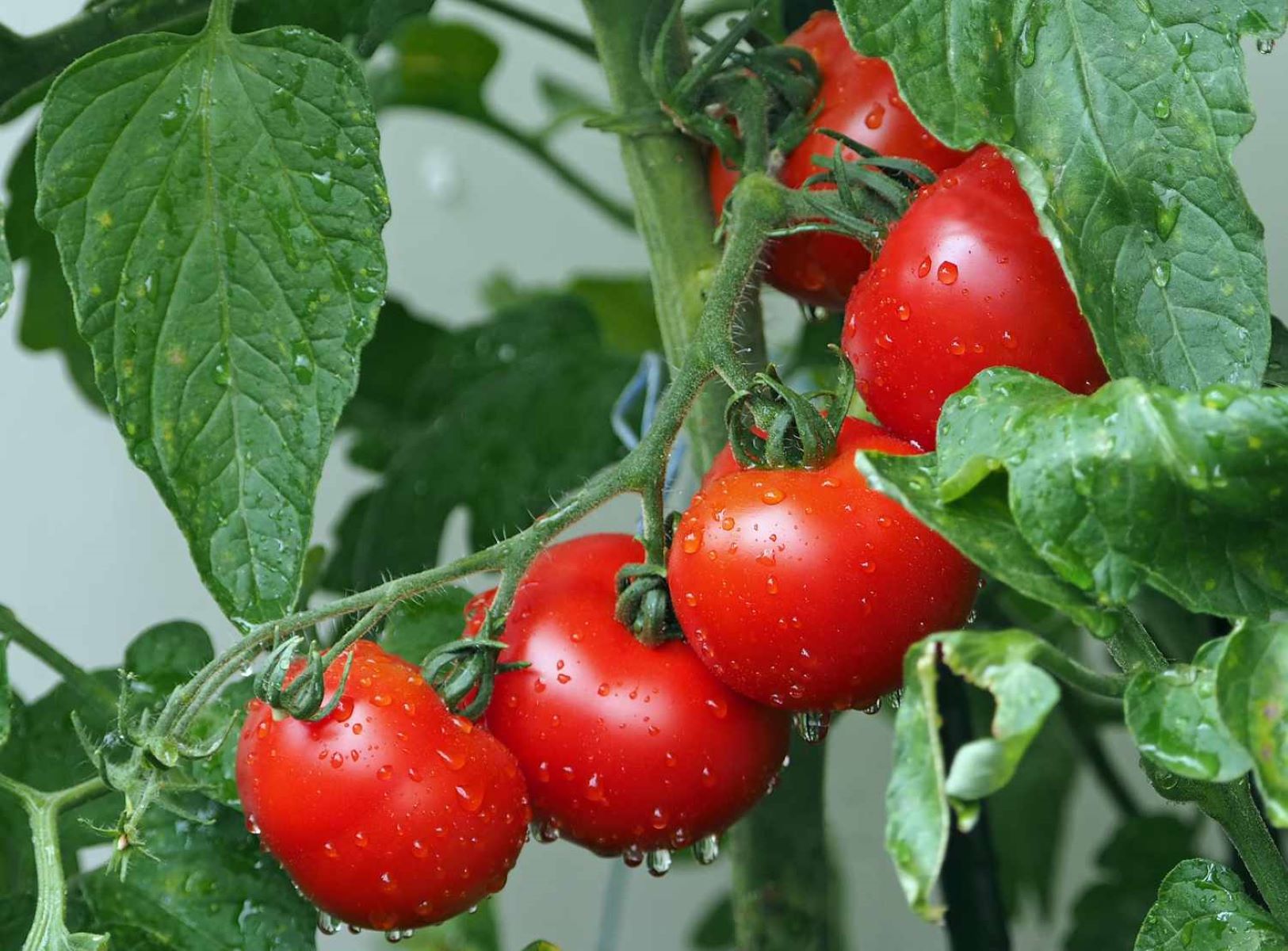
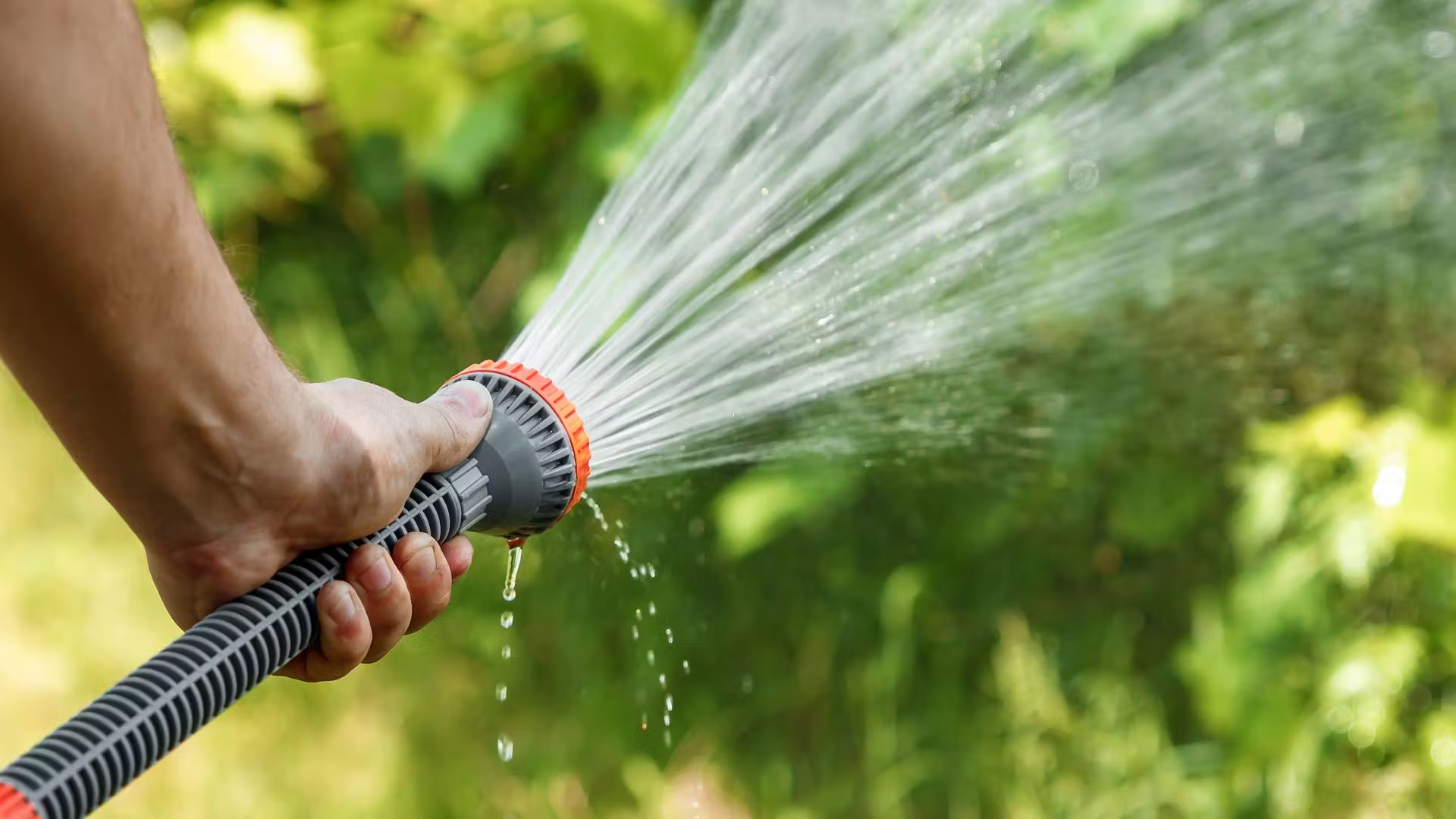
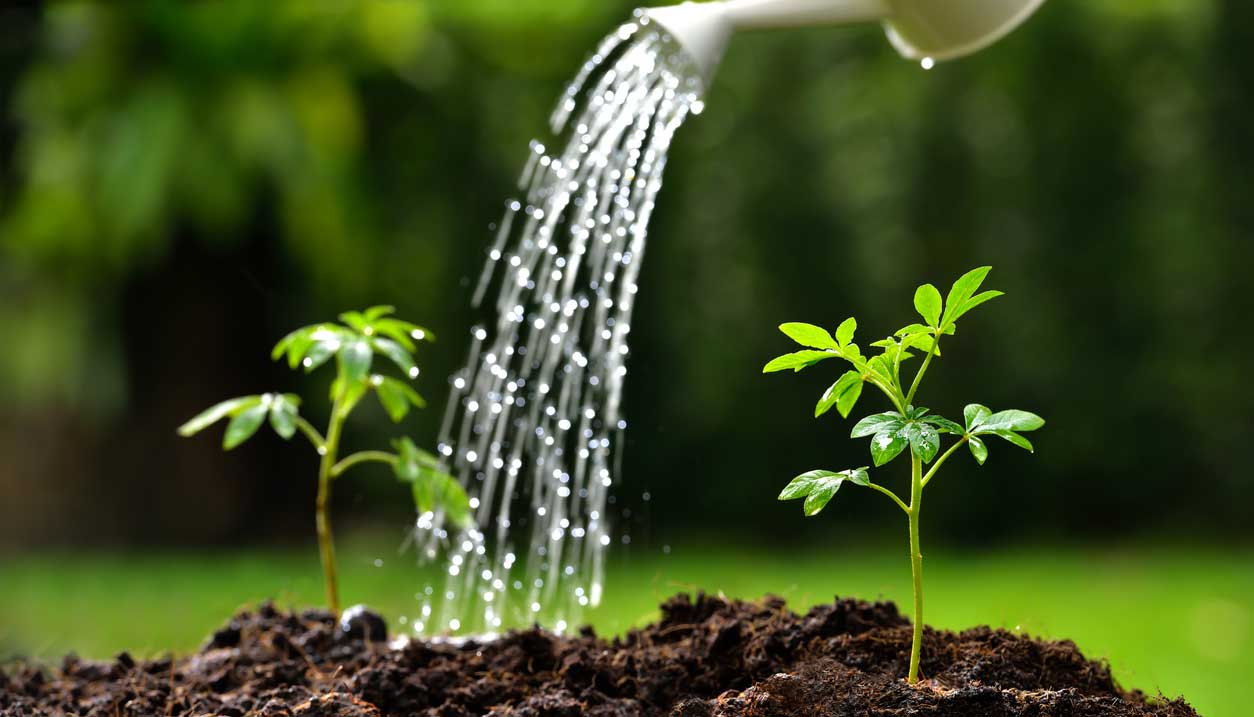
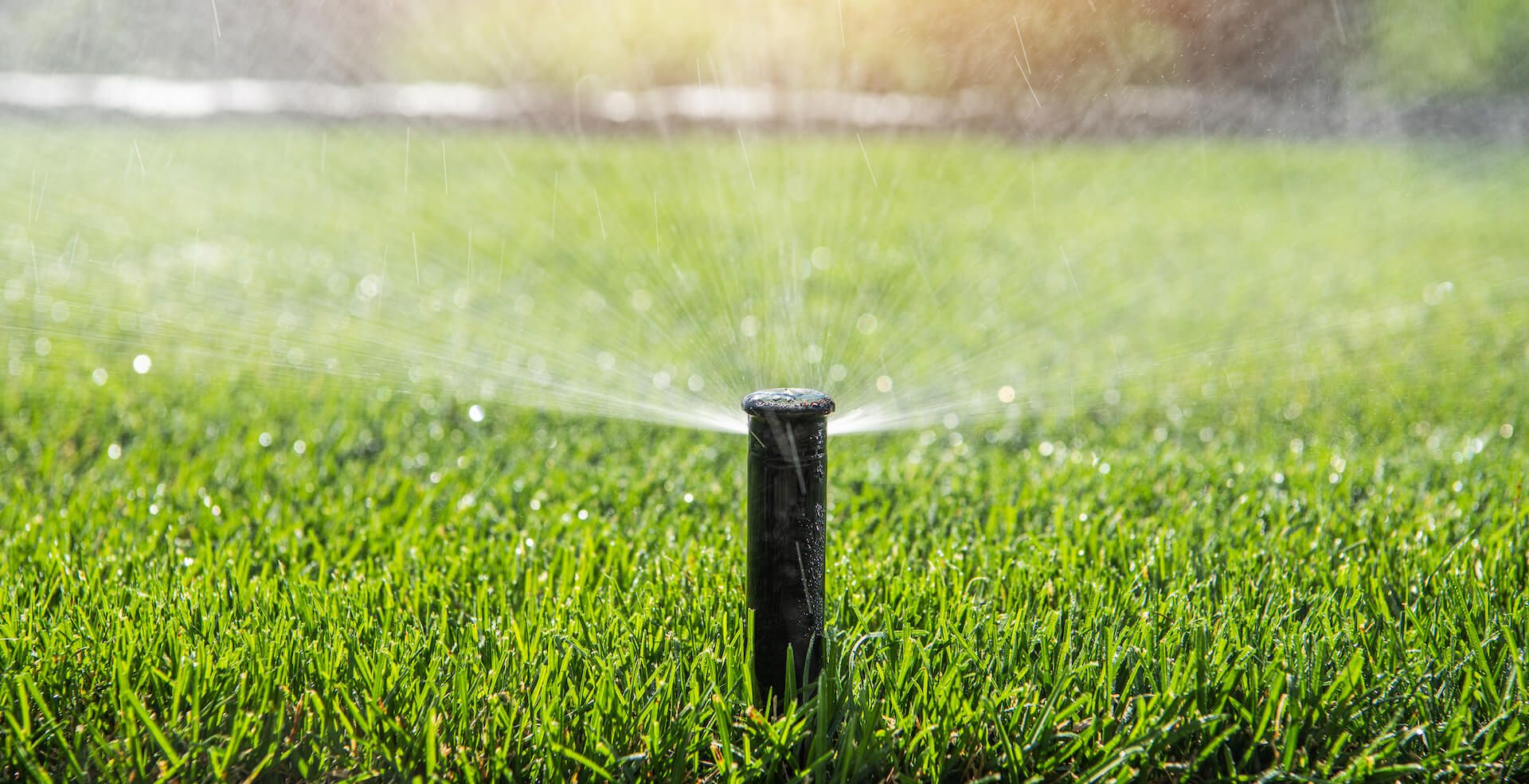

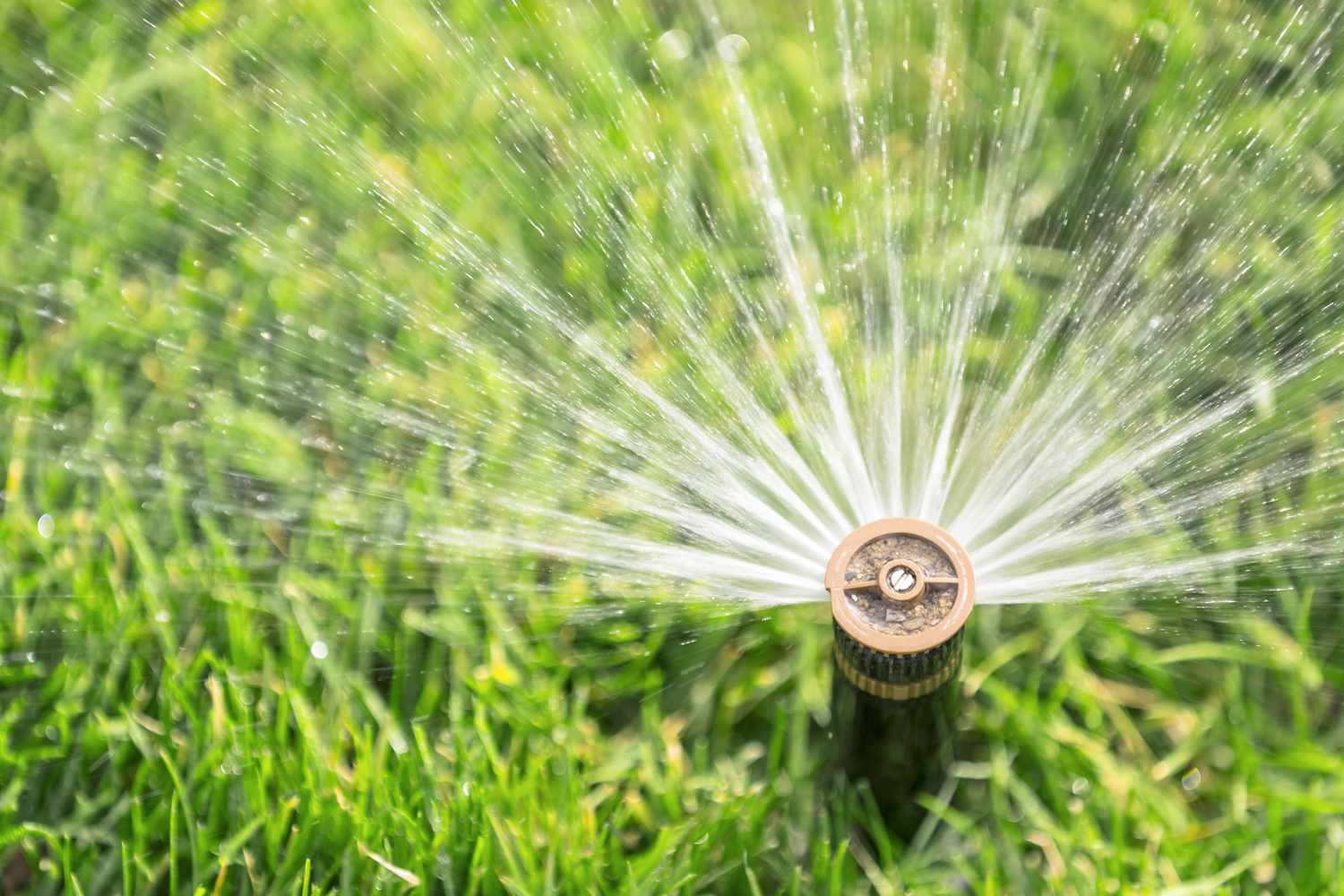
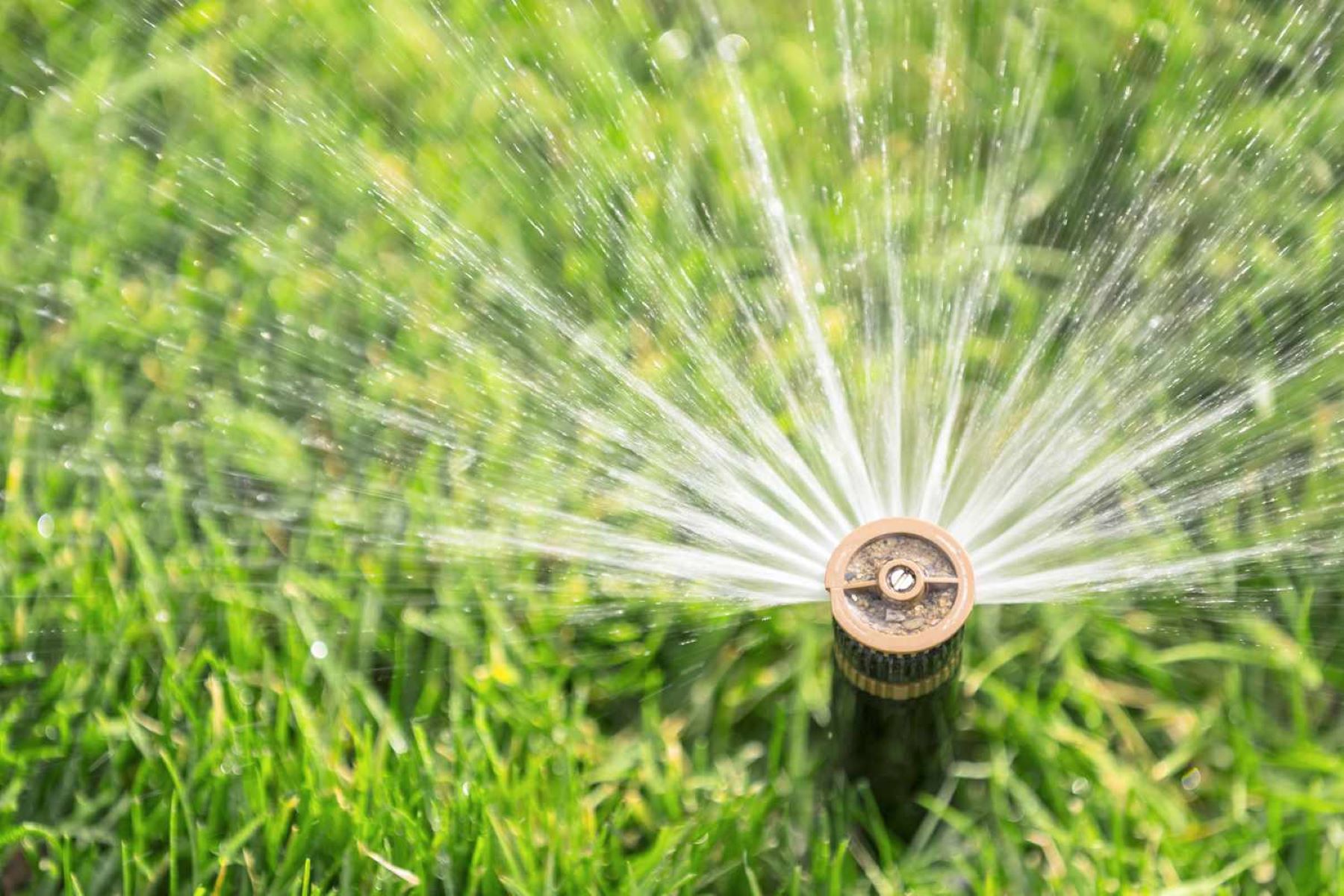
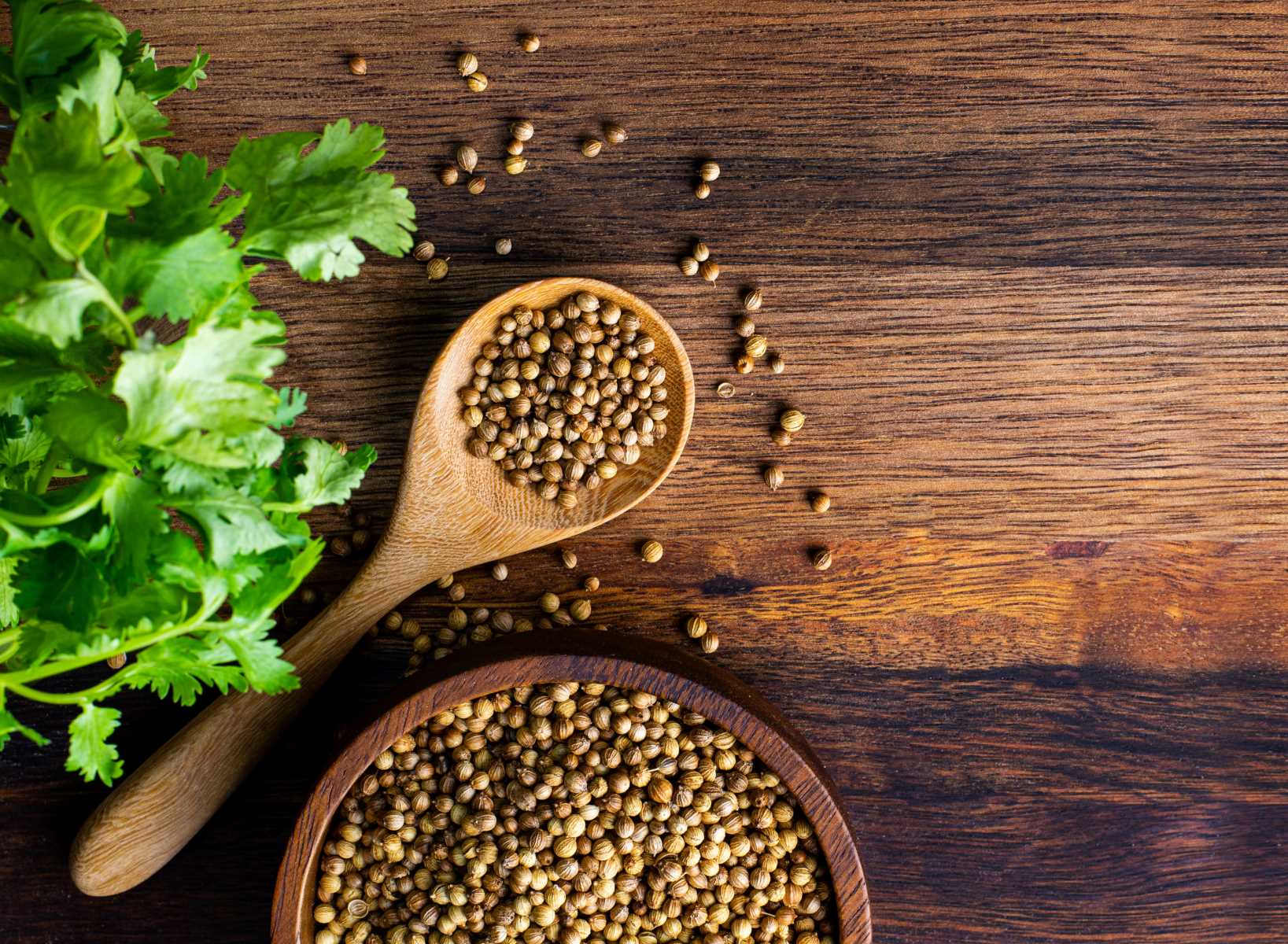
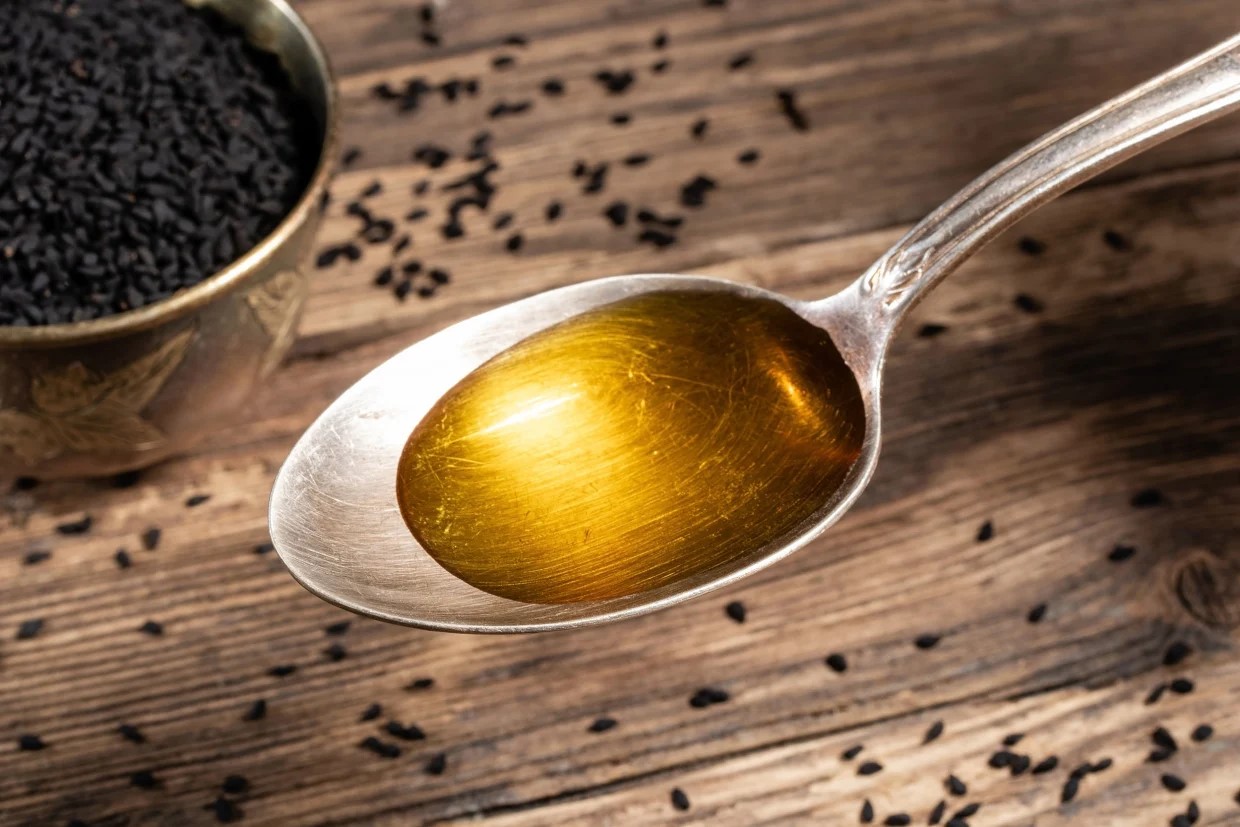
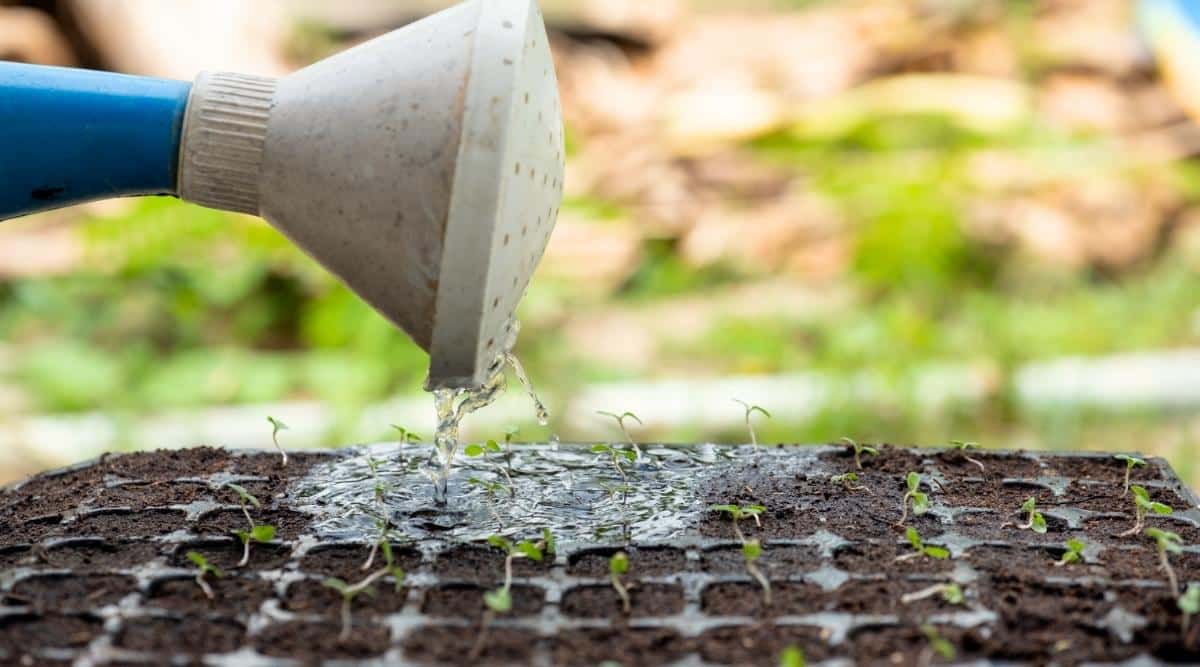
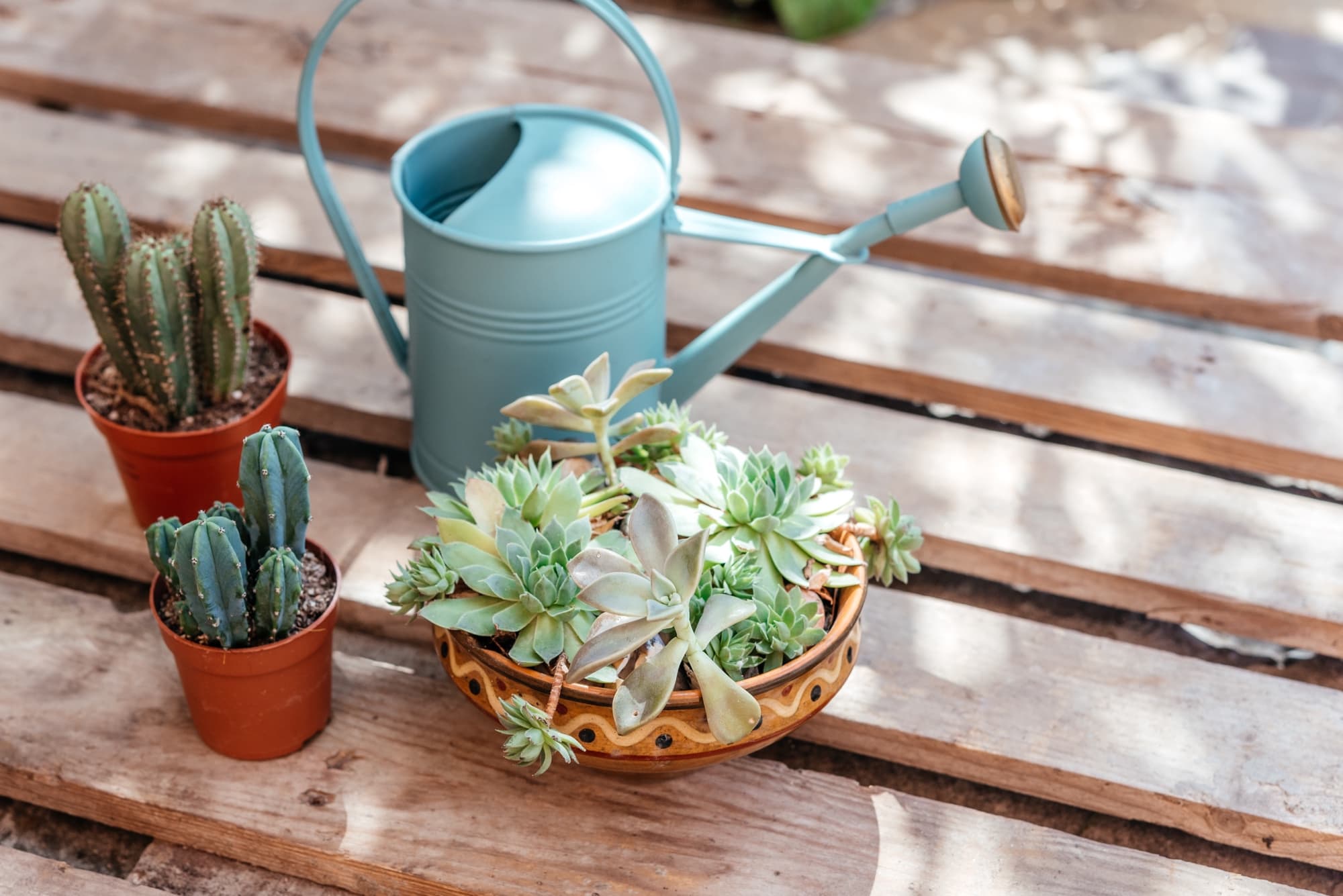
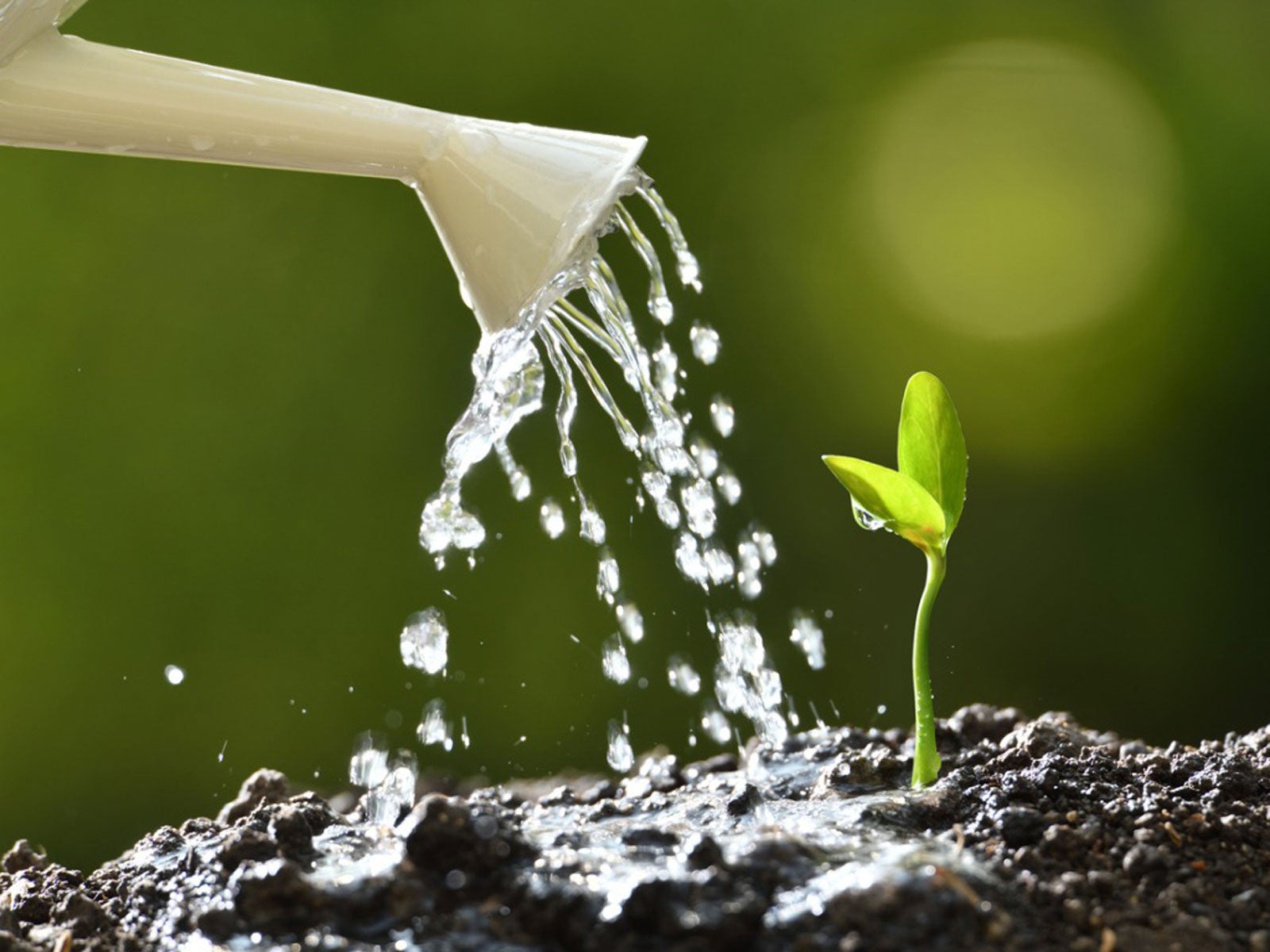
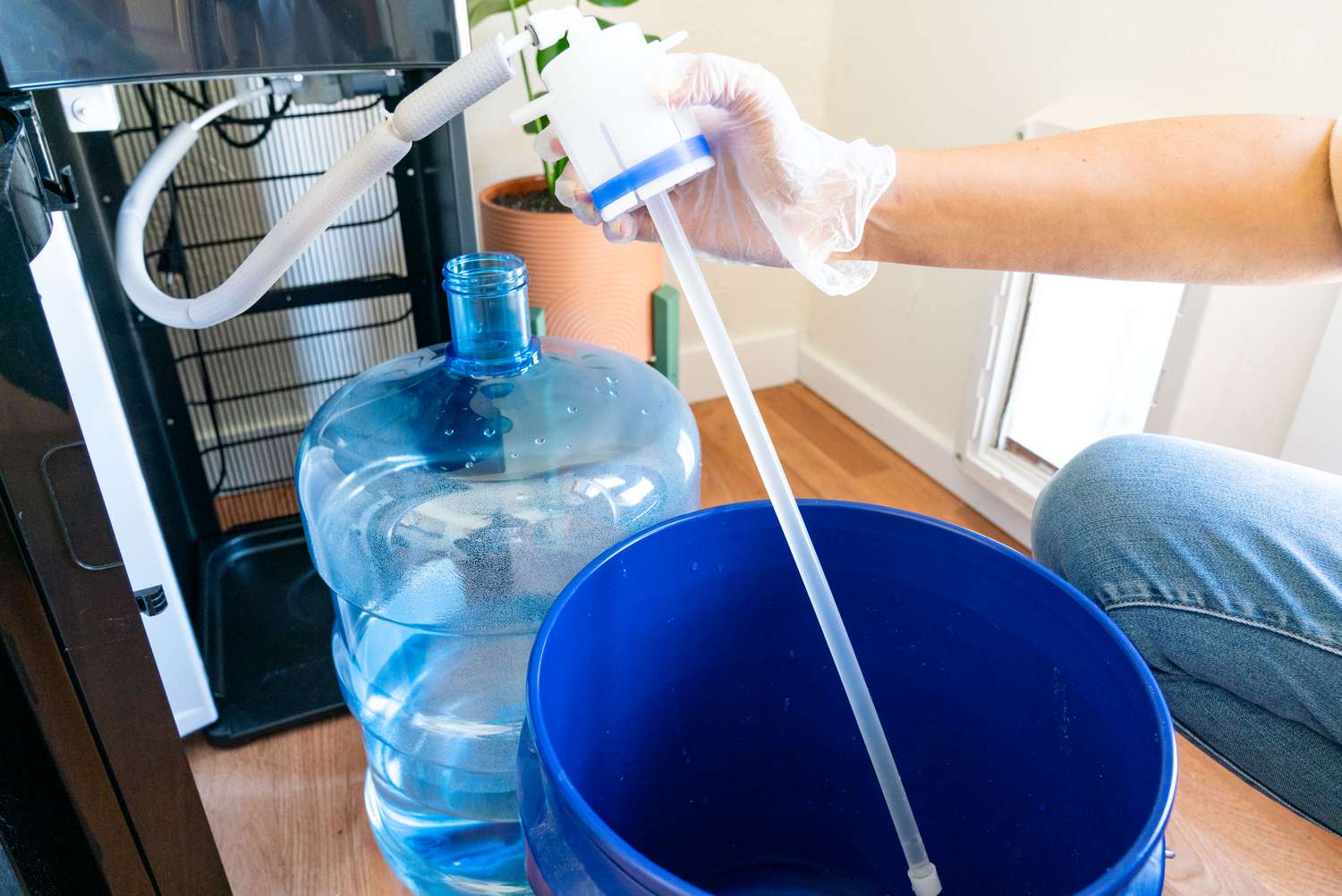

0 thoughts on “How Often Should You Water Lavender Seeds”